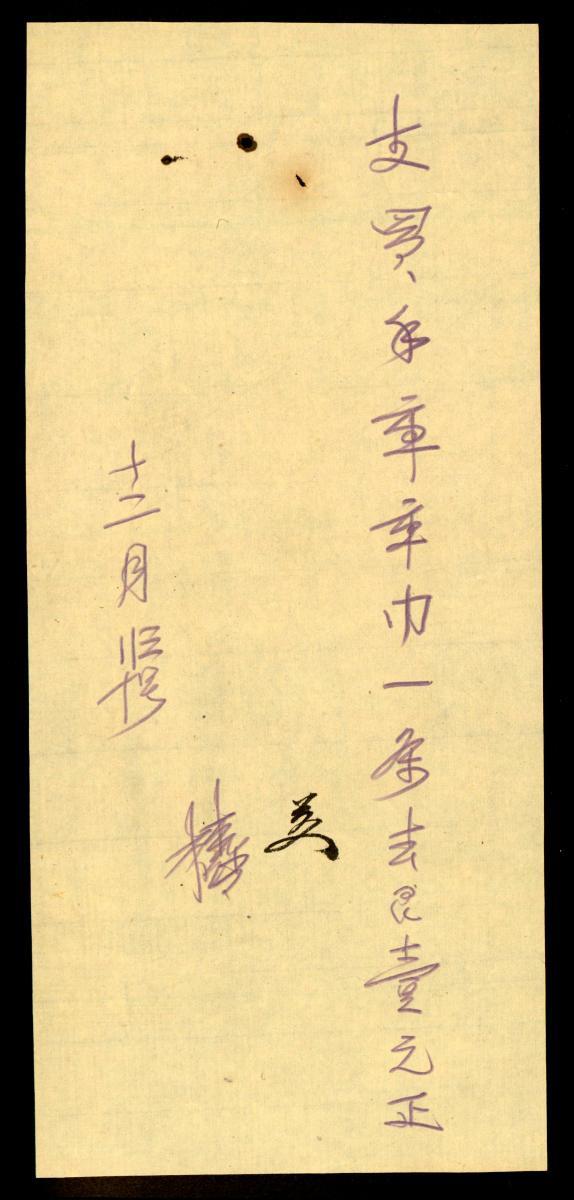This tile depicts partial flower sprays and curling foliar elements, in a warm colour palette, to form a larger floral decorative scheme. This Indo-Islamic tile is a rarity as stone architecture is the predominant form across the Indian subcontinent, which favours decorative masonry instead of tiles. The use of tilework as decoration during the Mughal period recalls the Central Asian heritage of the Mughal rulers, who trace their lineage to the famed Turco-Mongol conqueror, Timur. The Timurid empire of the 14th and 15th centuries spanned modern-day Iran, Central Asia and northern India. Stunning Timurid monuments feature dazzling facades extensively dressed in tiles applied in a variety of techniques and styles: from mosaic to cuerda seca. This tile is an example of the inherited cuerda seca technique. The leaves depicted recall the popular saz leaf motif in the art of the Turkish Ottoman empire, while the colour scheme bears a strong resemblance to tilework from Safavid Iran - highlighting the diverse, multi-cultural influences that is typical of Mughal art.















